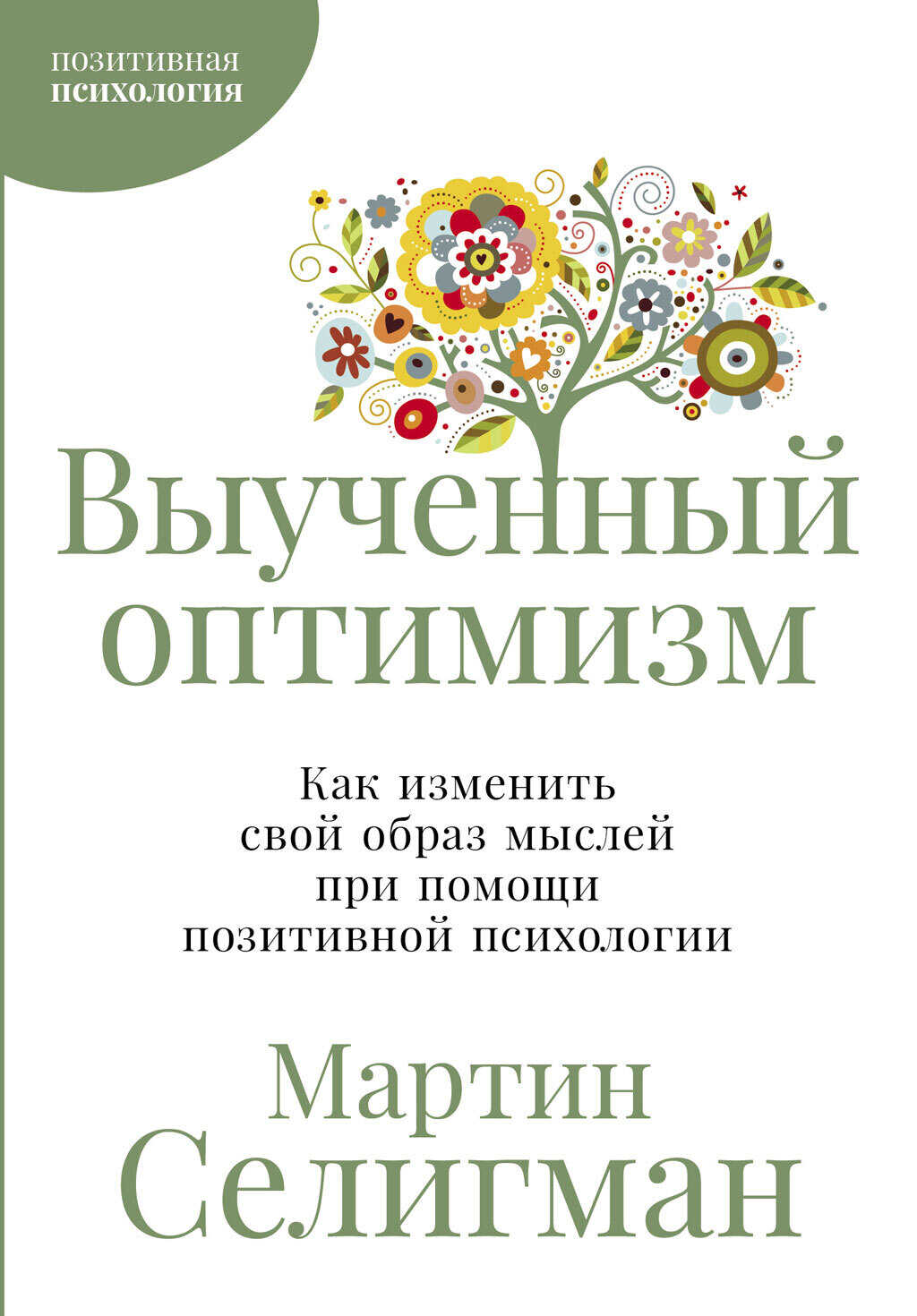Книга Путь к процветанию. Новое понимание счастья и благополучия - Мартин Селигман
Читать книгу Путь к процветанию. Новое понимание счастья и благополучия - Мартин Селигман полностью.
Шрифт:
-
+
Интервал:
-
+
Закладка:
Сделать
Перейти на страницу:
Перейти на страницу:
Книги схожие с книгой «Путь к процветанию. Новое понимание счастья и благополучия - Мартин Селигман» от автора - Мартин Селигман:
Комментарии и отзывы (0) к книге "Путь к процветанию. Новое понимание счастья и благополучия - Мартин Селигман"












